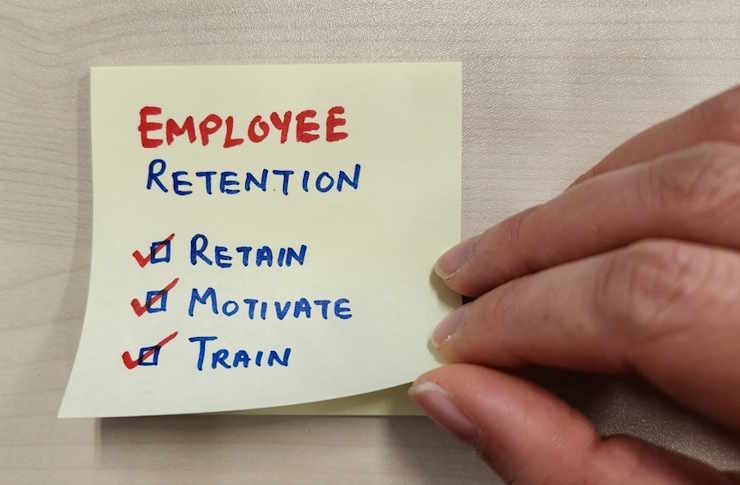Tracking Employee Management System: Efficient Monitoring and Workforce Management
A Tracking Employee Management System (TEMS) helps businesses monitor attendance, work hours, and performance, improving efficiency and compliance. It automates HR tasks, reducing errors and saving time. Features like real-time tracking, biometric authentication, and payroll integration enhance accuracy and security. By streamlining workforce management, a TEMS boosts productivity, ensures transparency, and optimizes operations, making it an essential tool for modern businesses

Revolutionizing Workforce Management: The Power of Employee Tracking Systems
In today’s fast-paced business environment, efficient workforce management is crucial for success. Employee tracking systems have emerged as powerful tools, revolutionizing how companies monitor, manage, and optimize their workforce. These sophisticated systems offer a range of benefits, from boosting productivity to streamlining administrative tasks.
Enhancing Productivity Through Real-Time Monitoring
Employee tracking systems provide real-time insights into workforce activities, allowing managers to identify bottlenecks and optimize processes. By monitoring employee performance and work patterns, businesses can make data-driven decisions to improve efficiency. This real-time visibility enables quick interventions when needed, ensuring projects stay on track and deadlines are met.
Streamlining Attendance and Payroll Processes
One of the most significant advantages of employee tracking systems is their ability to automate attendance and payroll management. Gone are the days of manual time tracking and error-prone payroll calculations. These systems accurately record work hours, breaks, and overtime, seamlessly integrating with payroll software to ensure accurate and timely compensation.
Fostering Transparency and Accountability
Implementing an employee tracking system promotes a culture of transparency and accountability within the organization. Employees are more likely to stay focused and productive when they know their activities are being monitored. This increased accountability can lead to improved work quality and a more engaged workforce.
Optimizing Resource Allocation and Workload Management
With comprehensive data on employee productivity and workload, managers can make informed decisions about resource allocation. Employee tracking systems help identify underutilized talent and overworked team members, allowing for more balanced workload distribution. This optimization leads to improved employee satisfaction and overall organizational efficiency.
Leveraging Data for Strategic Decision-Making
Employee tracking systems generate a wealth of data that can be leveraged for strategic decision-making. Managers can analyze trends in productivity, attendance, and performance to identify areas for improvement and make informed decisions about training, promotions, and workforce planning. This data-driven approach helps organizations stay agile and competitive in a rapidly evolving business landscape.
Ensuring Compliance and Reducing Liability
In an era of increasing regulatory scrutiny, employee tracking systems play a crucial role in ensuring compliance with labor laws and company policies. These systems maintain accurate records of work hours, overtime, and leave, reducing the risk of non-compliance and potential legal issues. Additionally, they provide a clear audit trail, which is invaluable in case of disputes or audits.
| Product | Provider | Cost Estimation |
|---|---|---|
| Teramind | Teramind Inc. | $10-$30 per user/month |
| Time Doctor | Time Doctor | $7-$20 per user/month |
| Hubstaff | Hubstaff | $7-$20 per user/month |
| ActivTrak | ActivTrak | $9-$15 per user/month |
Note: Cost estimations are approximate and may vary based on specific plan features, number of users, and contract terms. It is recommended to conduct independent research for the most up-to-date pricing information.
Employee tracking systems have become indispensable tools for modern businesses seeking to optimize their workforce management. By providing real-time insights, automating administrative tasks, and fostering accountability, these systems drive productivity and efficiency across the organization. As technology continues to evolve, we can expect even more sophisticated features and integrations that will further revolutionize how businesses manage their most valuable asset – their employees.
The shared information of this article is up-to-date as of the publishing date. For more up-to-date information, please conduct own research.




